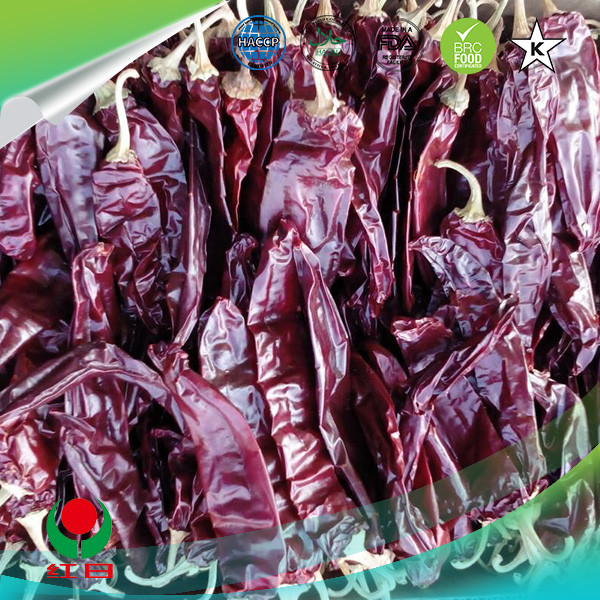Innovative Techniques and Applications for Steel Rod Cross Bracing in Structural Engineering Design
The Importance of Steel Rod Cross Bracing in Structural Engineering
In the field of structural engineering, the stability and safety of buildings and other structures are paramount. One of the most effective ways to enhance this stability is through the use of steel rod cross bracing. This technique involves the installation of diagonal steel rods in a frame structure, which significantly improves its ability to withstand various types of forces, including wind loads, seismic activity, and other lateral stresses.
The Concept of Cross Bracing
Cross bracing consists of two diagonal members forming an X shape within a rectangular frame. This configuration utilizes the inherent strength of steel to distribute loads evenly. When forces are applied to the structure, the cross braces serve to transfer these forces from one side of the frame to the other, thereby reducing the risk of deformation and failure. This is particularly critical in tall buildings and bridges, where lateral forces can pose a serious risk to structural integrity.
Applications of Steel Rod Cross Bracing
Steel rod cross bracing is widely used in a variety of applications. For skyscrapers, it plays a vital role in resisting wind forces that can cause swaying or oscillation. In seismic zones, cross bracing helps structures endure the lateral motions caused by earthquakes. By enabling buildings to flex without collapsing, cross bracing can save lives and reduce property damage during such natural disasters.
In addition to high-rise buildings, bridges, towers, and other large structures benefit from the modular flexibility and strength provided by cross bracing. While the technique is often associated with industrial applications, it can also be aesthetically pleasing, as the visible rods add a modern and dynamic element to architectural design.
Benefits of Steel Rod Cross Bracing
steel rod cross bracing

1. Increased Stability The primary advantage of cross bracing is the enhanced stability it provides to structures. By redistributing loads and improving resilience against external forces, it ensures that buildings can withstand significant stress over their lifespan.
2. Cost-Effectiveness While the initial investment in materials such as steel may be higher than other bracing methods, the long-term benefits, including reduced repair costs and increased safety, make it a financially sound choice for many projects.
3. Lightweight Design The use of steel rods allows for a lightweight design approach. This can be particularly beneficial in construction, as it reduces the overall mass of the structure while maintaining strength and stability.
4. Flexibility in Design Engineers and architects appreciate the versatility of cross bracing. It can be implemented in various configurations to suit specific design needs, allowing for innovation while maintaining structural integrity.
5. Aesthetic Appeal Beyond functional benefits, cross bracing can also enhance the visual aspect of a building. The crisscrossing patterns of steel rods can serve as a design feature, contributing to the overall aesthetic while emphasizing the robustness of the structure.
Conclusion
As the demand for safe, resilient, and efficient structures continues to grow, the application of steel rod cross bracing will remain an integral component of modern engineering practices. Its ability to improve stability, reduce costs, and provide design flexibility underscores its importance in the construction industry. By understanding and utilizing cross bracing techniques, engineers can ensure that buildings and other structures withstand the tests of time and nature, ultimately providing safe environments for occupants and communities. The future of building design will undoubtedly continue to leverage the advantages presented by steel rod cross bracing, enhancing both safety and aesthetic appeal across varied architectural landscapes.
-
Weatherproof Plastic Expansion Anchors for OutdoorNewsJun.06,2025
-
Sustainability in the Supply Chain: Eco-Friendly TEK Screws ProductionNewsJun.06,2025
-
Load-Bearing Capacity of External Insulation FixingsNewsJun.06,2025
-
Double Head Bolts: Enhancing Efficiency in Industrial MachineryNewsJun.06,2025
-
Corrosion Resistance in Chipboard Screws: Coatings for Wholesale DurabilityNewsJun.06,2025
-
Butterfly Toggle Bolts : Enhancing Structural ResilienceNewsJun.06,2025
